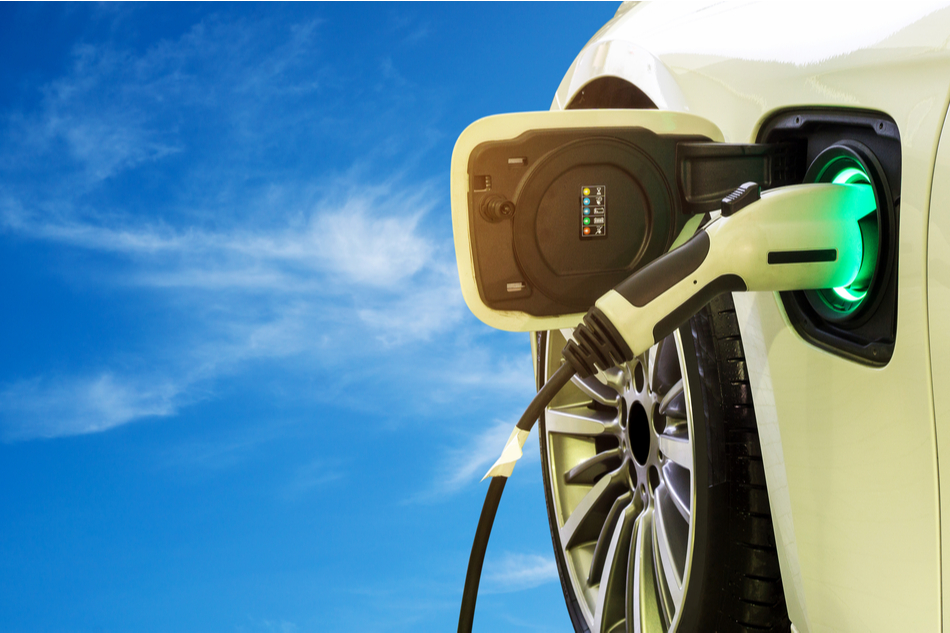Thankfully it looks like the era of the electric vehicle is on the rise, which means that gas stations as we know them will hopefully go extinct (along with the harmful CO2 emissions that go hand in hand with them). Instead, new kinds of service stations will take their place, but what will they look like?
Parkland, a Canada-based gas station operator and one of the biggest gas station companies in the world has funded a new design competition seeking the best visions for what the new and improved electric fueling service stations will look like.
Gas-powered vehicles can be filled up in minutes, so gas stations are currently designed for quick convenience, however, electric batteries will take more time to recharge—probably around a half hour. Plus, “charging stations are located in uninteresting spots, they’re out of the way, and in some cases, they may not be the safest locations,” says Parkland’s senior vice president of strategy and corporate development Darren Smart. “That is made all the worse by the fact that an EV driver needs to dwell at a location for 20 or 30 minutes to charge, so it’s a bad combination.”
With this in mind, James Silvester, an Edinburgh, Scotland-based architect and designer of the winning entry, envisioned a facility that gives travelers a safe opportunity to relax, rejuvenate, and enjoy themselves. Silvester’s design is long and sleek, with a ring of charging ports framing the edifice. In the heart of the space, there’s a mall-like area with stores, vendors, and non-commercial spaces like an exercise area, spa, or lush garden where drivers can recharge while their vehicles do the same.
Silvester also proposes using sustainable materials like wood and stone, complete with a roof that can hold solar panels. His modular design also makes it quick and flexible to accommodate a wide variety of sites. Silvester hopes that his easily customizable design could be situated near lookout points or nature trails and offer local vendors the chance to showcase regional specialties. Basically, the design lets travelers truly experience the place they’ve stopped at instead of just looking at the inside of a convenience store. “A lot of these places you just pass through, but you never experience, so it’s an opportunity for the community to come get involved as well,” he says.
Of course, charging technology is progressing at a rapid pace, so it’s possible that EV charging times will become much shorter, but in the meantime, it’s crucial to start thinking about how we can adapt to a new way of traveling.
The competition was launched last summer by Electric Autonomy Canada, and according to Nino Di Cara, the group’s founder, the overarching goal of the competition was to make people think about how the new charging facilities can and should differ from traditional service stations designed for internal-combustion vehicles. And to entice gas drivers to join the EV movement, with Di Cara explaining that they “wanted to create a bit of EV envy amongst gas-car drivers.”
Currently, Parkland is taking steps to figure out how Silvester’s design can slowly be implemented. So, keep an eye out, “in the next couple years, I think you’ll start to see these pop-up,” says Smart. To have a peek at what Silvester’s vision looks like, click here.











